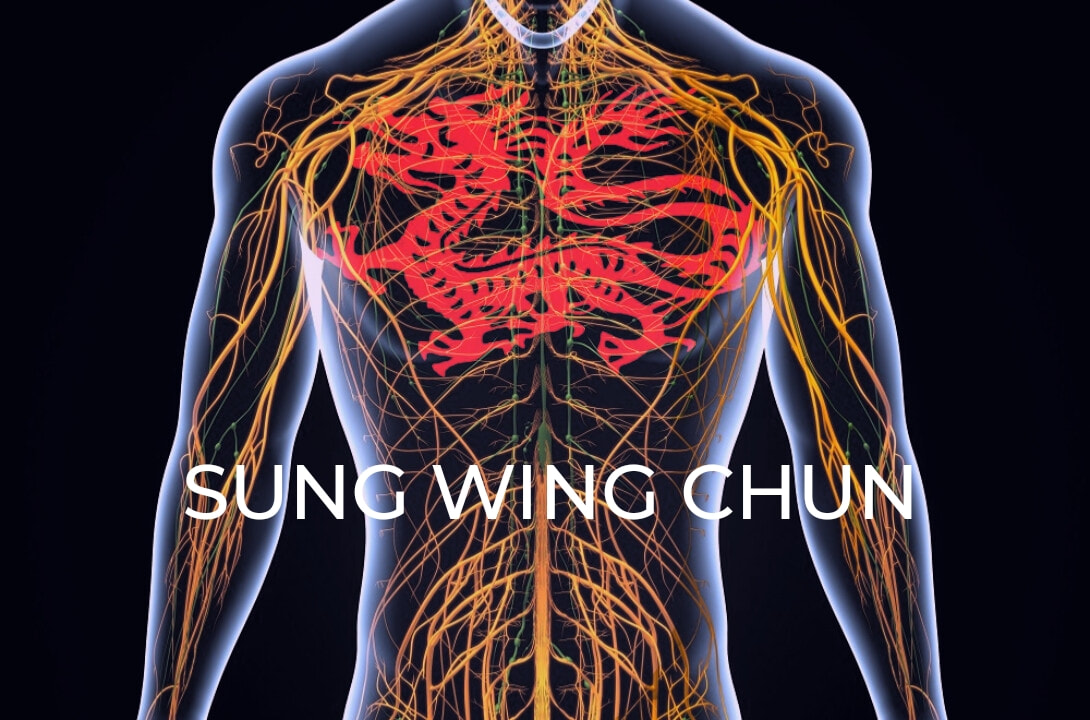|
The term multi-directional force is a very popular but generally misunderstood concept in CST wing chun. The explanation you will hear is that on contact with an opponent you are able to relax, keep your joints open and move different parts of your body independently. An example of this is being able to pivot the stance, rotate the shoulder and open the forearm at the same time. All of this works very well in a demo when the student holds a fixed arm out and you are able to accelerate towards it, but in reality the situation is different. What happens when they truly resist?
It does not matter if you intend to have joints moving independently if when you ultimately get blocked your force then focuses on the contact point. You may be sending several forces there in one direction, but the opponent will feel it as one force and resist. The outcome will be that your sophisticated method has the same result as a push and you are left having to deal with your own force turned back on yourself. It does not matter if the contact point is an arm or someone's face, it is how you deal with the impact force coming back through your arm. To understand the principle you have to turn it on its head. It is not that you are trying to apply multi directional force on someone, it is that you are accepting their force and dissipating it across your own body in all directions whilst delivering your mass. Relaxed limbs and open joints allow you to accept the force without resisting, but even then you need to know how to disperse it through your body, be it up down or to your centre. Noodle relaxation will not be enough, you have to understand the force path and send it somewhere to your advantage. I have seen people who say they are doing this and their hands are going all over the place before they can strike. Actually the more refined the skill the more direct it appears. Joints open and free allow force to pass through with minimal external movement. If you get a sense of this you realise that the body has to be erect and freely balanced to work properly; a braced stance is brittle and will break. Hence the importance of standing practice. Once you understand this you realise there is no ‘forcing’ in multi directional force, the power comes from an unimpeded acceleration of the body mass. You have to train your state of body awareness to utilise this as active ‘feeling’ is a hindrance (you end up chasing your tail). When it is done well the opponent feels like a wall is coming towards them, with no one place to resist. If you concentrate on what is happening beyond your elbow (techniques) you will miss the art of wing chun. Ideally the techniques become a consequence of how the opponent inadvertently decided to suffer your body mass.
2 Comments
|
AuthorKeeping you up to date with what is happening in class Archives
July 2024
Categories |

 RSS Feed
RSS Feed